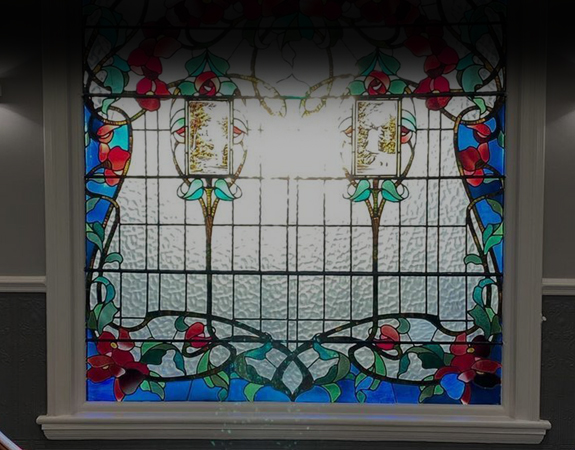Replacing an Extracted Tooth
If you have recently had a tooth extracted by a dentist in Leeds then you’re probably contemplating the best way to replace it. It is important to replace an extracted tooth as otherwise the teeth adjacent and opposing the missing tooth will begin to move and shift out of position. This can create problems with your bite, and could lead to spaces forming in between other teeth. There are several different options for replacing missing teeth and these include:
Partial Denture
A partial denture is the most cost-effective way of replacing a missing tooth and is a removable appliance that will need to be cleaned thoroughly each day. It consists of a pink acrylic base that has the replacement teeth attached, and is held in place with clasps that fit around the remaining teeth. Partial dentures need replacing every 3 to 6 years. Many people will find partial dentures perfectly comfortable to wear, but some people do have problems. Another thing to consider about having a partial denture is that the metal clasps may require healthy teeth to be modified in order to provide sufficient retention to hold the partial denture firmly in place.
Dental Bridge
A dental bridge is fixed permanently in position and is attached to the adjacent teeth. There are several types of bridges that can be used. A conventional fixed bridge will be supported by two crowns attached to the adjacent teeth either side of the gap which are then attached to the replacement tooth, providing a stable and long-lasting restoration. Sometimes a cantilever bridge may be used which is where just a single tooth that has been crowned is used to support the replacement tooth.
The third alternative is called a Maryland bridge and is an adhesive or sticky bridge that has one or two wings that are bonded to the teeth adjacent to the missing tooth. This last option is the most conservative as it requires little if any healthy tooth structure to be removed, but it’s also the least stable as Maryland bridges are not really designed to withstand any substantial biting forces.
Bridges are easy to care for and can look extremely good. One of the major disadvantages of having a bridge is that it does require healthy teeth to be crowned, and these teeth will need to be ground down to create sufficient room. A well cared for bridge can last for up to 10 years.
Dental Implant
A dental implant is considered by many people to be the best way of replacing a missing tooth which is partially due to the way it replicates the natural tooth root, and partially due to the excellent aesthetic results that can be provided. A dental implant will help keep the remaining teeth in their correct positions and will help ensure they remain more stable as it prevents bone loss in the jawbone. However this treatment does require a surgical procedure to insert the post into the jawbone, and the treatment time can be a little longer than having a partial denture or a bridge fitted. It’s worth taking into account the potential longevity of a dental implant, as it should last a very long time provided it’s looked after correctly with good home care and regular check-ups at Leeds City Dentalcare.
The treatment isn’t for everyone, as it is necessary not to have any uncontrolled diseases such as diabetes, to be a non-smoker, and to be in good oral health as otherwise there is the risk the implant could fail. It’s well worth making an appointment with Leeds City Dentalcare to discuss all these options with Dr David Brown to discover which would be best for you.




